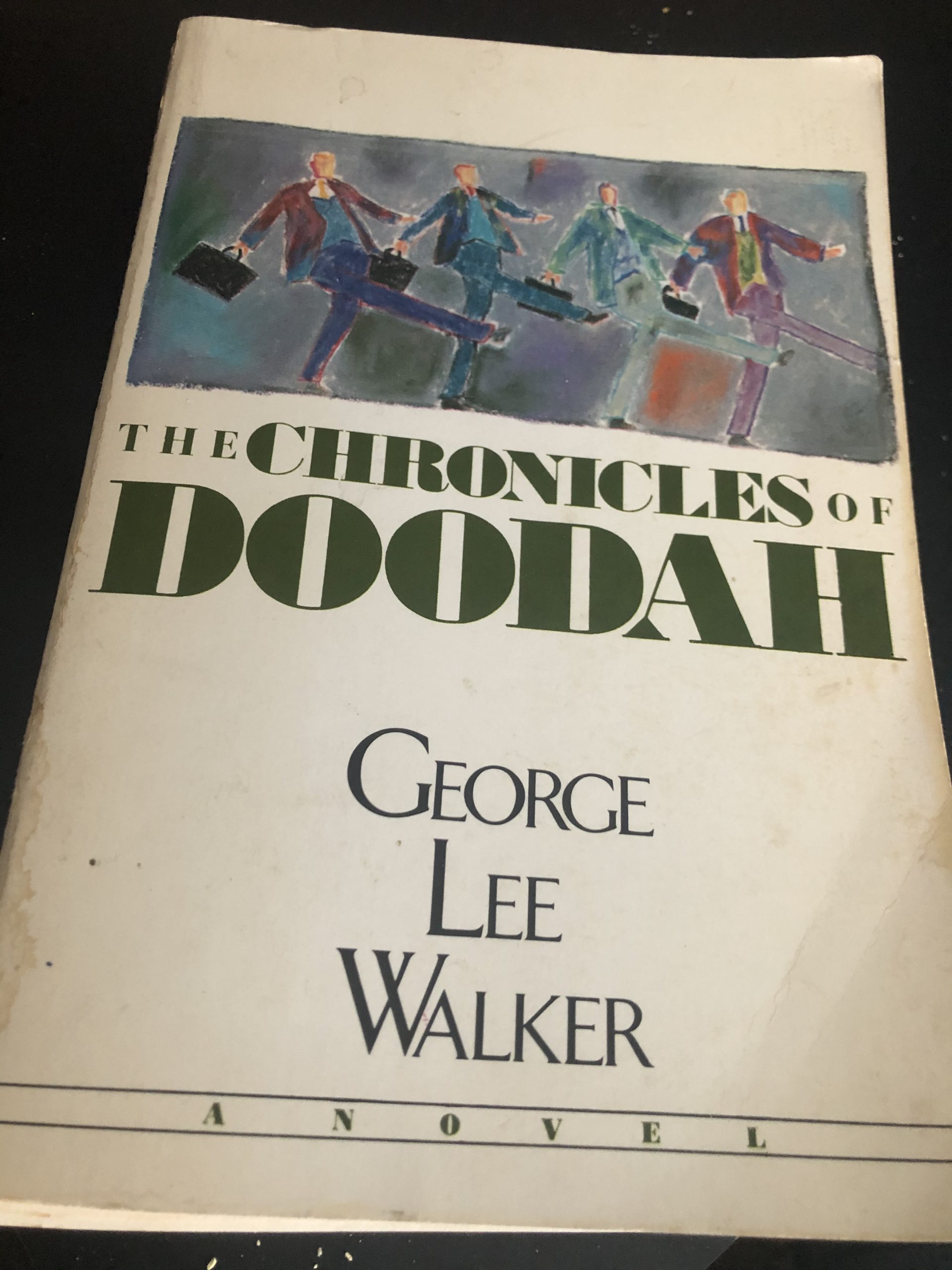How to Produce a Best-in-Class Briefing Document
January 10, 2023
What to include, in how much detail, and in what order.
This is the first edition of a monthly column we’re calling “Standard Practice.” Written by veteran executive communication director Kari Matalone, this is an attempt to broadly share some basic procedures, techniques and skills, especially for newcomers to the still-burgeoning communication specialty of executive communication.
In future editions we’ll cover:
- Preparing your executive for an engagement
- Planning a trip for your executive
- Collaboration techniques
- When there’s a crisis …
- Executive transitions
- Onboarding a new executive
- Partnering with Internal Comms
- Partnering with PR
- Partnering with the Office of the CXO (EA, Chief of Staff, advisors)
- Measuring your impact
- Building an Executive Comms plan for your exec
If there’s a subject you’d like Kari to tackle, we’d love your suggestions. Write to David Murray, Executive Director of the Executive Communication Council, at [email protected].
—ed.
***
I’ve joked with colleagues that the words “Where’s the briefing document?” would be etched on my tombstone.
Senior leaders don’t like to be surprised. Who does? As executive communicators, we are accountable for ensuring that when our execs take time out of their busy schedules running the company and head into their various engagements, they always as informed and prepared as possible.
That’s what the briefing document is for. For your executive, it’s the Who, What, When, Where, Why.
Your exec’s preferences may vary, but I’ll list the main elements that you could consider including in a solid briefing document. And here’s a sample, to give you a sense of what the doc might look like. Note that you can draft a briefing document for the entire range of your executive’s engagements: speaking events, media interviews, videos, company meetings, etc.
Depending on preference and when the exec best absorbs information, you might send this days in advance, or it might be “just in time,” and sent the day before.
First, a few words about the overall format. What I’ve found to be most successful is two pages (three max!) that cover all the essential elements. And no matter how detailed the document, busy executives often don’t have time to read beyond page one, so make sure you list all critical info upfront.
Top of Page One
- Name of the engagement (Career Development Panel Discussion at ACME User Conference)
- Date, time, location (Thursday, March 3rd, 10:00-10:25am PT, San Francisco’s Moscone Center, Redwood Conference Room)
- Specific role for the executive (Participate as panel speaker)
Objectives
• List the top objectives for why your executive is participating in this engagement.
• List the overall objective of the engagement, especially if it’s hosted by a third party. Then include what success looks like for your executive.
• Is the engagement meant to showcase a new product or technology to customers? Engage with employees? Build up a reputation or presence from your organization around a certain topic?
Format
Describe the format of the engagement:
• How long will it last?
• Is it in-person or virtual?
• On a stage or sitting around a table?
• Will it be recorded for a future replay or streamed live?
• Is it closed (no public or media) or open?
• Is there a host or emcee?
• Will there be prepared remarks or discussion or Q&A … or a combination of each?
• Will there be an opportunity to use visual aids?
Audience
Describe the audience in as much detail as possible.
• How many people—in room as well as watching remotely.
• Who is the audience comprised of—customers, employees, media, investors, executive peers, regulators, decisionmakers? (And any other demographic information that seems particularly germane.)
• What are their concerns or objectives from attending this engagement? • What are they here to learn or be persuaded of?
Key Messages
List the main points your executive should convey during this engagement. Also include any known questions that will be asked, as well as suggestions for response. Key stats are also helpful here (organizational facts and figures, relevant data to the topic).
You Should Know
• Dress code
• Logistical information like transportation, accommodations, meals, etc.
• Weather conditions if it’s an in-person engagement
• Social media amplification opportunities
• Visual aids (slides, video, will a slide advancer be available?)
• Confidence monitor
• Microphone setup (handheld, lavalier, lectern, no mic)
Agenda
Specific agenda for the engagement as well as of the overall day so that the executive has a sense of how their session fits into the overall event.
Points of Contact
• Your name and cell number plus any other key contacts who the exec might need to get a hold of.
• Someone from the event side.
• Any key SMEs who the exec may want to run questions or answers by beforehand.
Other information to consider including
• Location maps
• Bio of the facilitator/host
• Bios of the other speakers/panelists
***
A founding member of the Executive Communication Council, Kari Matalone is senior director, corporate and executive communications at Snowflake, a cloud computing-based data company. Prior to Snowflake, Kari managed executive communications for six years at Splunk, and four years at Cisco. Born and raised in San Jose, Calif., Kari attended university in Brussels, Belgium, and began her career there, before returning to the Bay Area.




